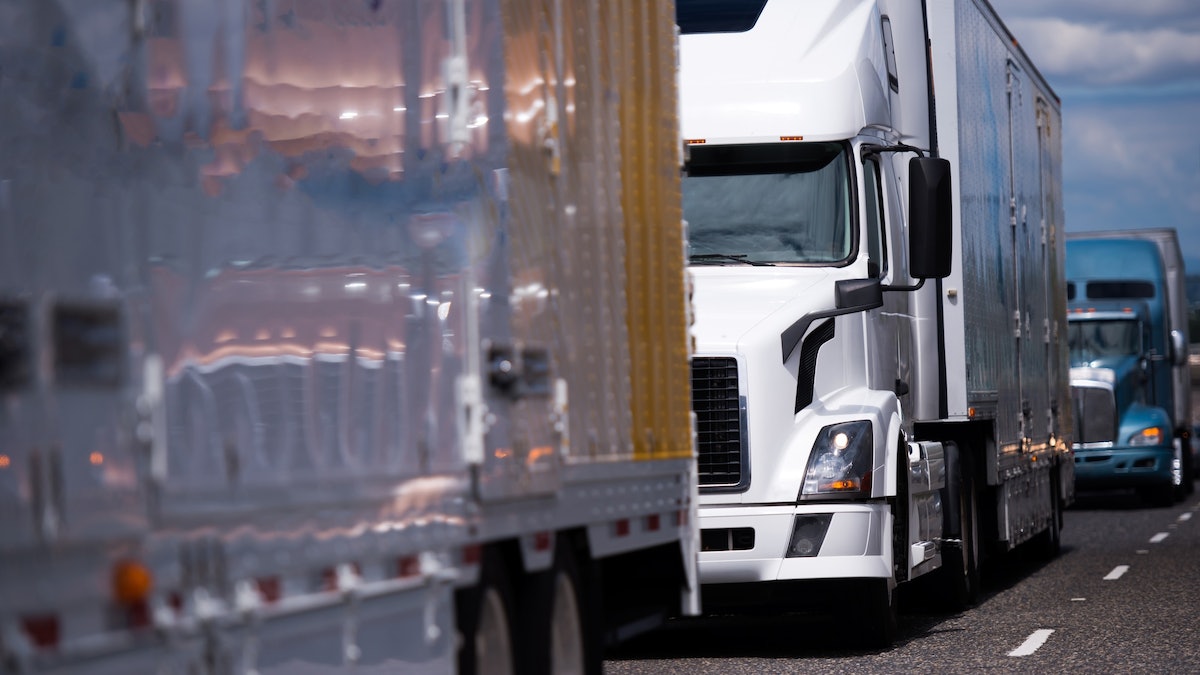
The American Transportation Research Institute (ATRI) announced Wednesday traffic congestion on United States’ highways added $94.6 billion in costs to the trucking industry in 2021.
Determined through ATRI’s latest Cost of Congestion study, that total is the highest level yet recorded through its ongoing research initiative. But between you and I, I’m surprised it isn’t higher.
Highway congestion is a major problem across the U.S. and can be crippling to a truck fleet. Downtime is agonizing enough as it is, but at least trucks sidelined for service events wouldn’t otherwise be on the highway. Trucks sitting still in highway backups and detouring their way across the country to reach destinations hours, if not days, later, reduces carrier profitability and slows our national supply chain.
“Over the last several years, our industry has experienced some of the most dramatic increases in operating costs, including fuel, labor and equipment,” Michael Lasko, vice president of EHS and Quality at Boyle Transportation, says in response to the ATRI report. “Imagine how those costs are magnified by sitting still in traffic.”
[RELATED: Freight market hits rougher patch in August]
ATRI says its 2021 figure was a sharp uptick from 2020 — expected to the pandemic — and equates 1.27 billion hours of lost productivity. ATRI also says the increase in costs reflects the dramatic post-COVID economic recovery, “with high GDP growth and freight demand borne from record levels of consumer spending.” The trucking industry also wasted over 6.7 billion gallons of diesel fuel in 2021 due to congestion, ATRI says, resulting in more than $22.3 billion in additional fuel costs.
But perhaps the most alarming statistic from ATRI’s report is that level of delay equates to more than 460,000 commercial truck drivers sitting idle for one work year.
That is both unbelievable and, sadly, way too believable. Our transportation network isn’t as efficient as it could be. Should be. And used to be.
ATRI reports its 2021 productivity loss figure represents a 27% increase from its baseline year of 2016 and has grown at twice the rate of inflation. Just in the last week we’ve had multiple reports on TPS that freight volumes, tonnage and trucking conditions have been on the downswing this summer. Couple that with a dramatic increase in maintenance costs due to inflation and these congestion losses and it’s no surprise so many owner-operators and carriers who entered the market in 2021 have shuttered.
If your customers appear a bit more grouchy, more crotchety, than normal, this is why.
Good thing is you can help them. At least a little bit. If you’re in an urban area or have customers with a lot of routes on busy highways or local streets, reach out to them. Ask them what equipment they are running in those markets and then overlay that data against your sales records to indicate what they are buying and when. Find the list of parts they are most likely wearing out due to this high-pressure driving and have them stocked and ready at your stores.
Congestion is killer on brakes, wheel ends and other drivetrain components. Doesn’t matter if you’re running an RC car or a Class 8 truck. Stop and go is expensive. ATRI says the state’s with the highest congestion expenses are the ones you’d expect — California ($9.00B), Texas ($7.26B) and Florida ($7.16B) — but the organization also has data in its new report documenting state and metro area delays and related costs. Congestion is just about everywhere.
You can’t fix that. ATRI says the Infrastructure Investment and Jobs Act (IIJA) can provide as much as $350 billion in funding to address congestion. That will help, eventually. (Today it might make things worse because so many roadways are under construction with funding created through the law.)
In the meantime, the best thing dealers, distributors and service providers can do is identify the depth of the congestion challenges in your markets and be responsive. Understand how difficult it has become for your customers to get their loads to their destinations on time. How costly it has become, even when equipment doesn’t break down. And when it does, provide solutions immediately. Have parts and replacement equipment available. Don’t let congestion and downtime snowball into money pits from which customers cannot escape.
If you would like to know more about where congestion is the worst, and how much it actually costs, download ATRI’s Cost of Congestion report.
